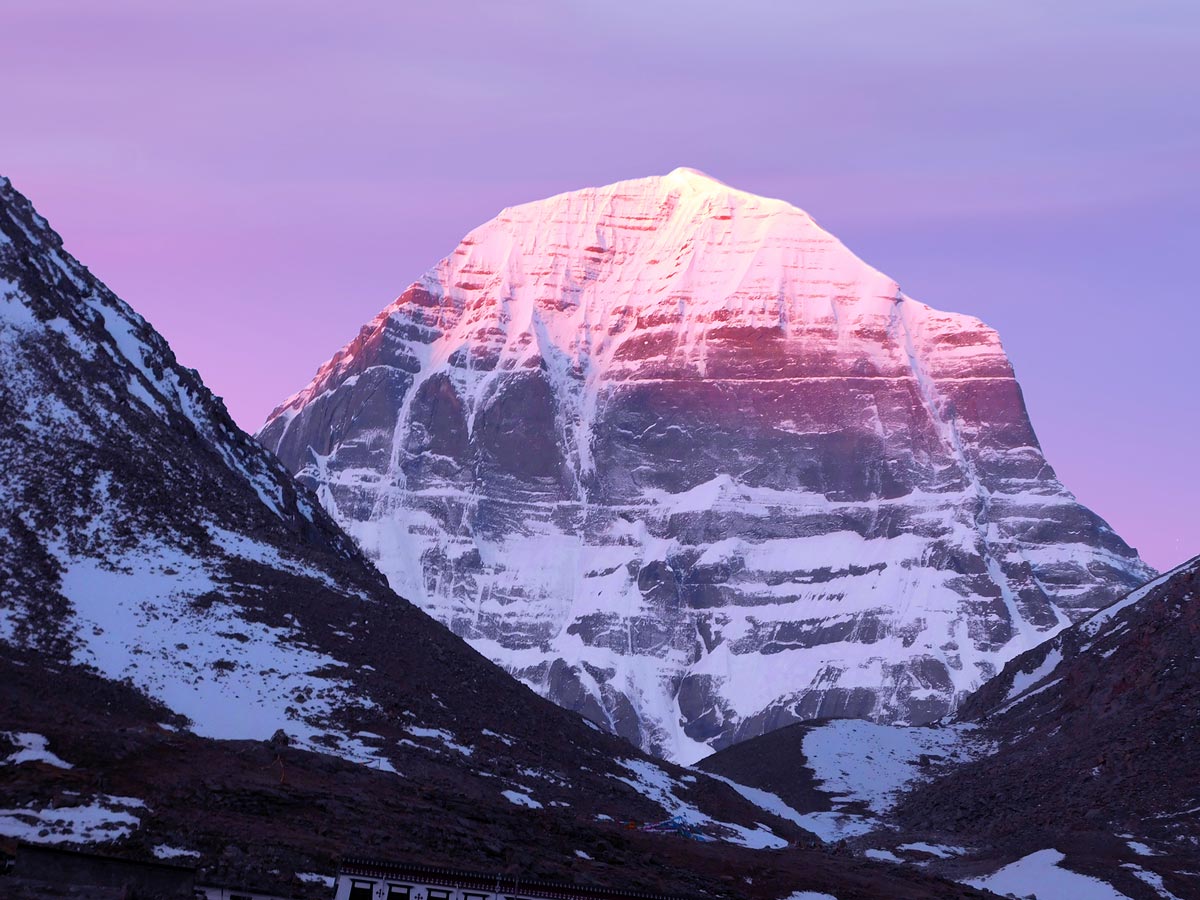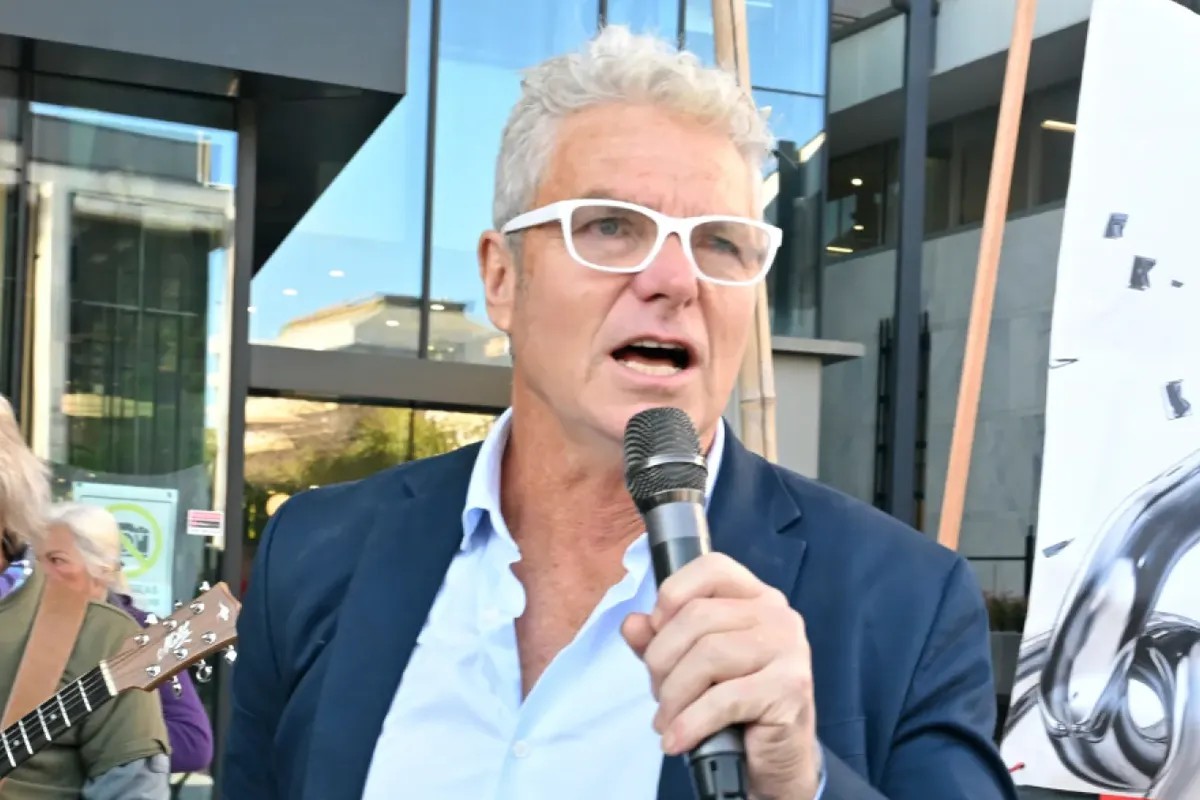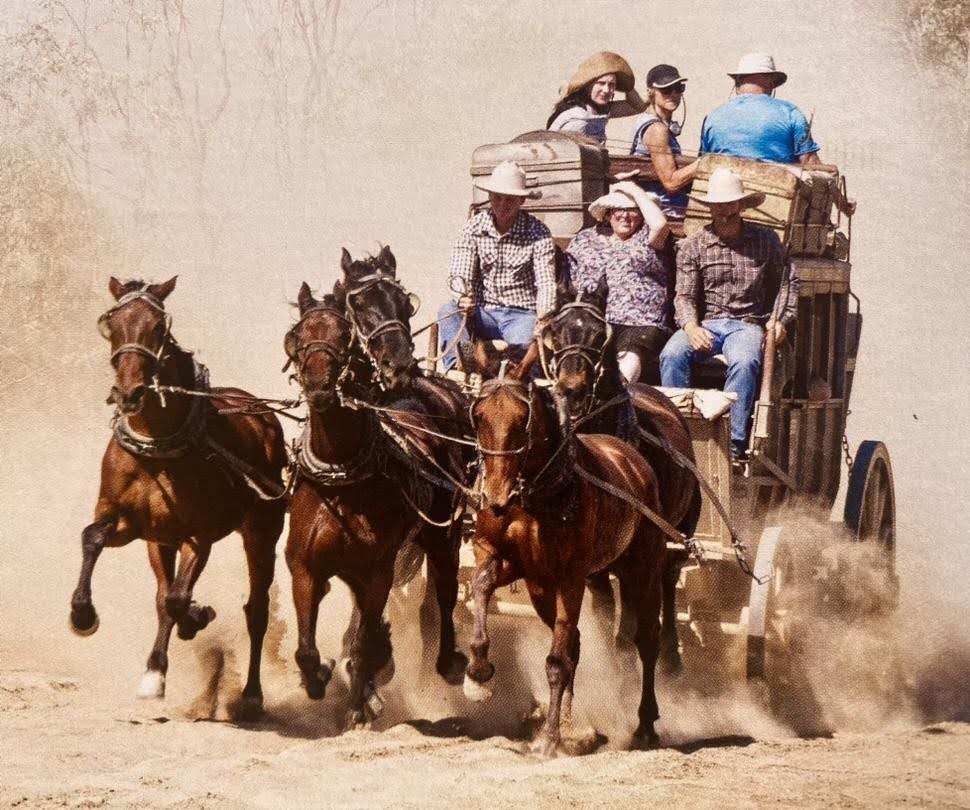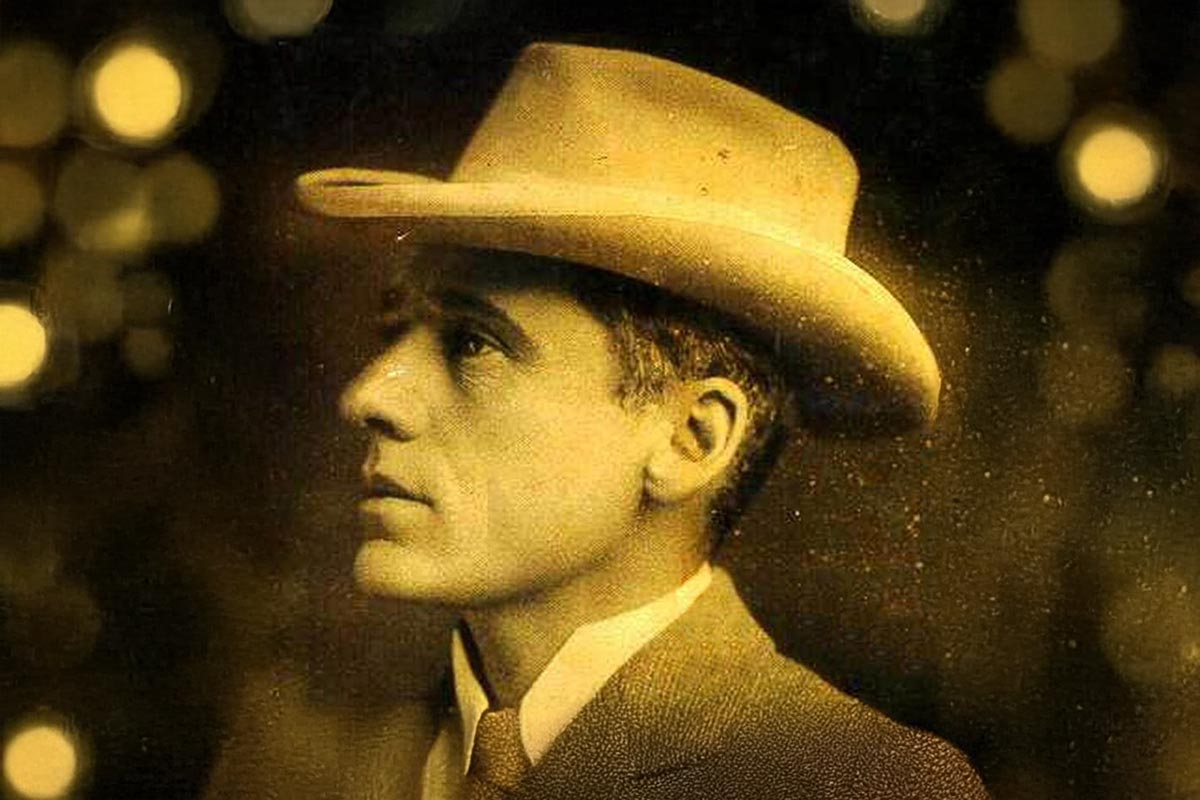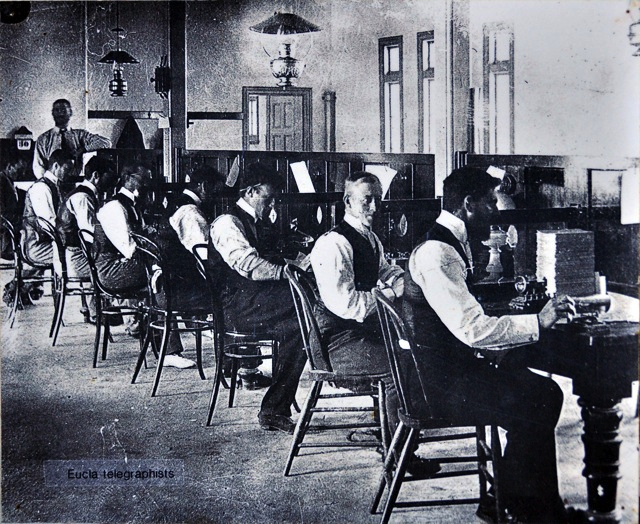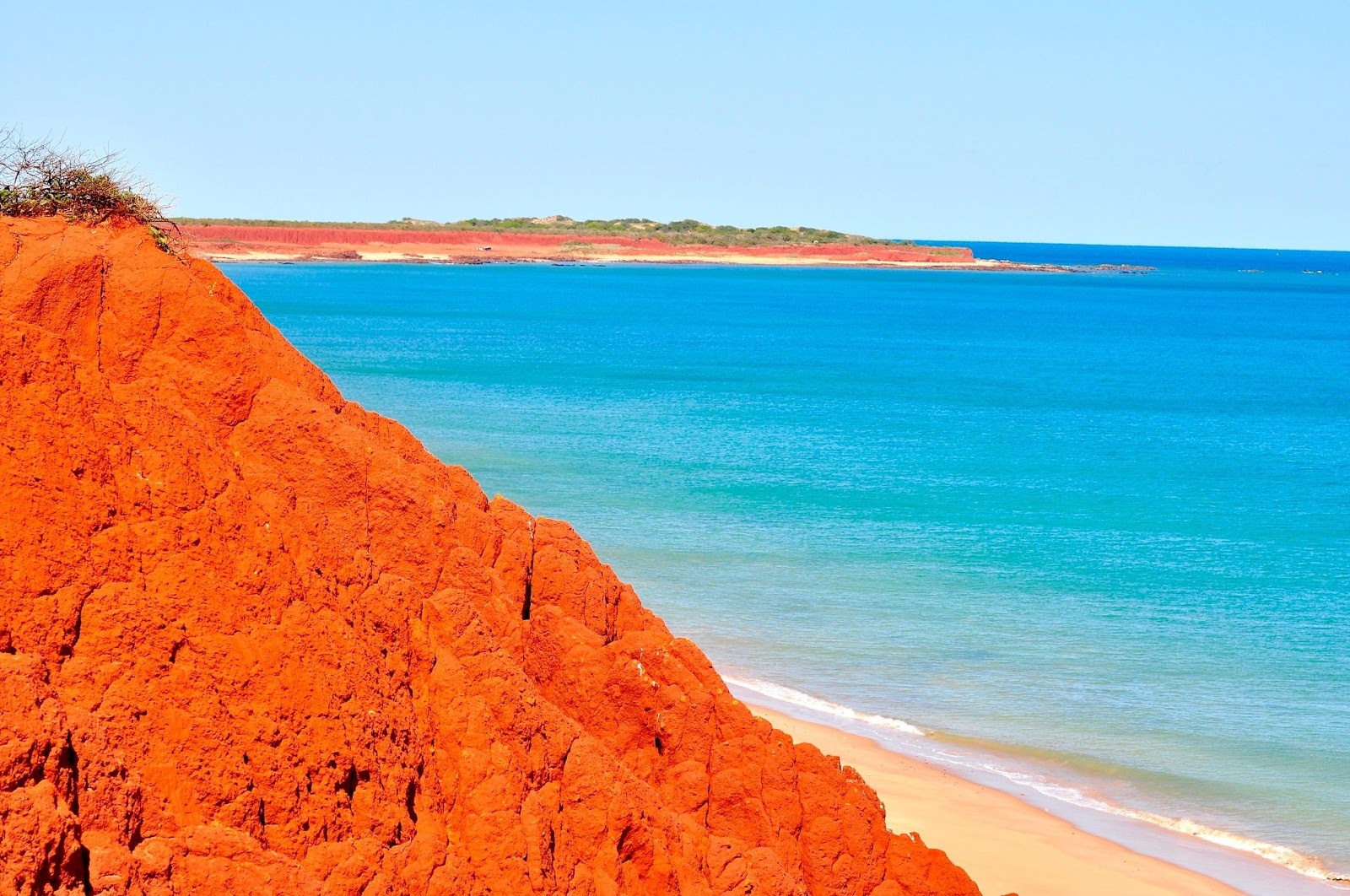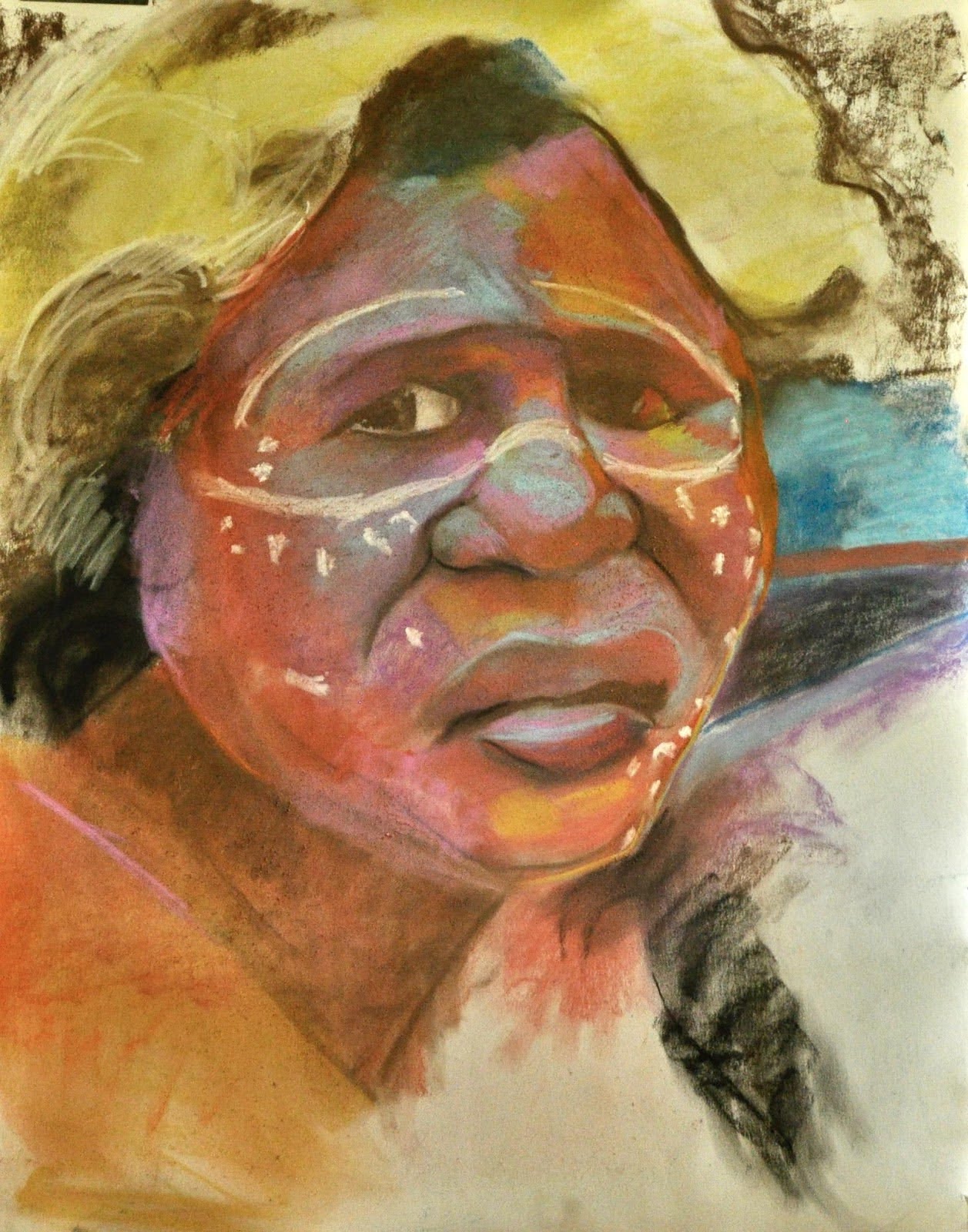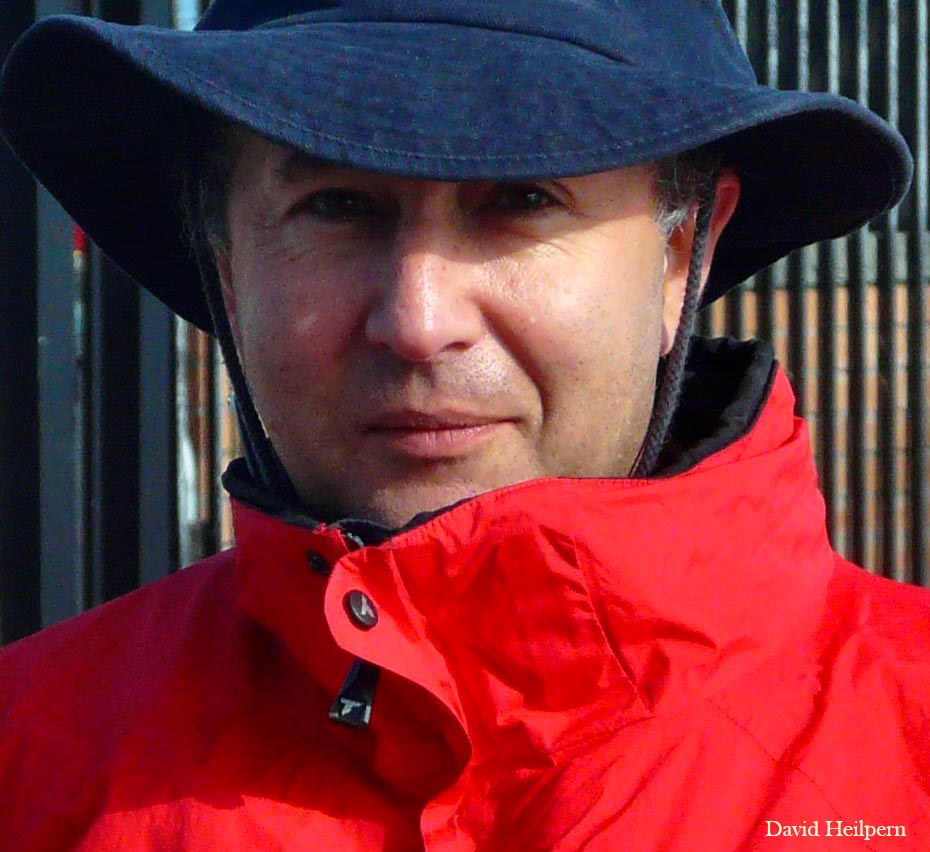Mid wagon in a magnificent tribal coat emblazoned with broad bands of red, green, black, pink and blue rides a princess, child on lap. A scarf surrounds her lovely mouth; a woollen cap low over passionate dark eyes. Tears course down fine cheeks.
Gathering a black rug about them they rise from its wide folds, warm alive in contrast to the stern Potala, rearing in similar tiers from flaring lower walls, typical of all Tibetan architecture, imitating a thousand rocky crags soaring from skirts of tumbling scree.
Balance between rise and fall, transcendence and surrender, dominance and non-dominance models sustainable development. The Buddhist middle way is not our gravity-defying gothic, now reaching terminal expression in erections of concrete glass and steel.
It’s good to leave the ruins of eastern Tibet, tragic monuments to a patriarchy long due for reform. Reincarnation of his feudal predecessors and much as we love him, did His Holiness pass this way, or ever see more of Tibet than the Potala and his summer palace?
